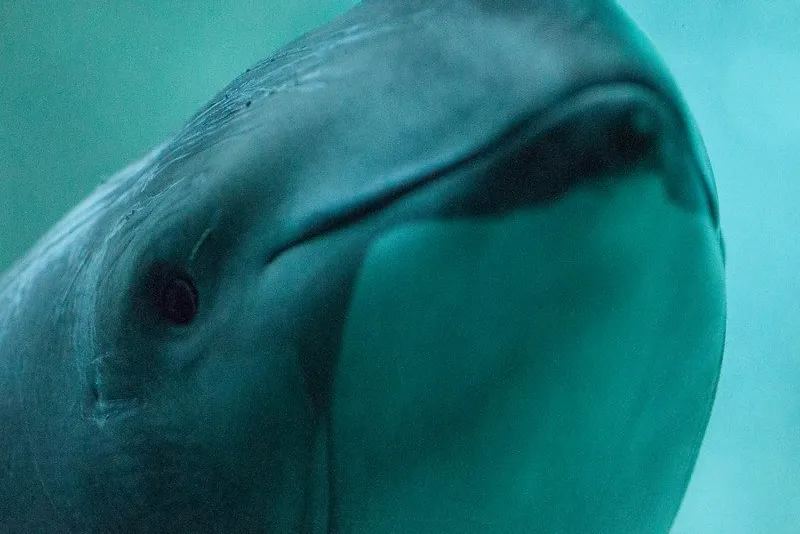Porpoise probe could take wind out of turbine opponents' sails
New German study appears to close down concerns over impact of projects on the marine mammals

Offshore wind farms appear to be attractive refuges for harbour porpoises, a new study commissioned by the German offshore wind energy federation (BWO) found, refuting earlier claims the mammals avoid wind arrays at sea.
"The data from this study shows that porpoises are particularly frequent in wind farms," BWO managing director Stefan Thimm said at an offshore wind conference in Berlin Wednesday.
"This is a strong signal for a more objective debate on the environmentally friendly expansion of offshore wind energy."
But there were also fears that the mammals could permanently flee areas of wind farms after construction, which now seem to be refuted by the study.
Around 10% more porpoise sightings were recorded within the wind farms under study than in the vicinity of offshore wind farms – measured up to 2.5km outside the arrays. The researchers attribute this to a combination of fishery exclusion in the wind farms and the possible emergence of reefs on the turbines, which attract fish.
Harbour porpoises communicate underwater by using clicking sounds, which can be recorded to monitor how many of the mammals are in a certain area at any given time, Ansgar Diederichs, one of the authors of the study, explained at the Berlin offshore wind conference.
“The animals do this constantly. All German wind farms are equipped with measuring devices to record porpoise sounds.”
Diederichs said the study mainly used data pools from between 2011 and 2019, and in part up to 2023.
The studies also show that maintenance vessels operating within the wind farms do not deter porpoises.
"The results demonstrate how important it is to have a differentiated and fact-based discussion about marine conservation and the energy transition,” Thimm said.
“If we design the expansion of offshore wind energy in a way that is environmentally friendly, a positive reciprocal effect will emerge."
The study, which contains data from a dozen offshore wind farms, also found that the development of harbour porpoise populations in the German Bight has been largely stable over the 13-year period studied.
Regional differences indicate a moderate shift in harbour porpoise habitat, from northwestern to southeastern areas within the German Bight, but that seems to be more related to fish populations, Diederichs said.
(Copyright)